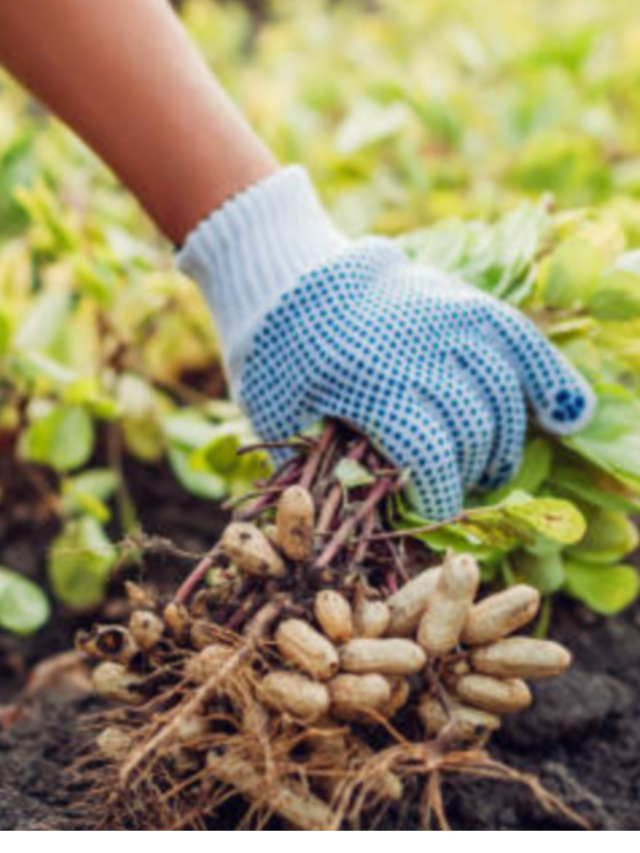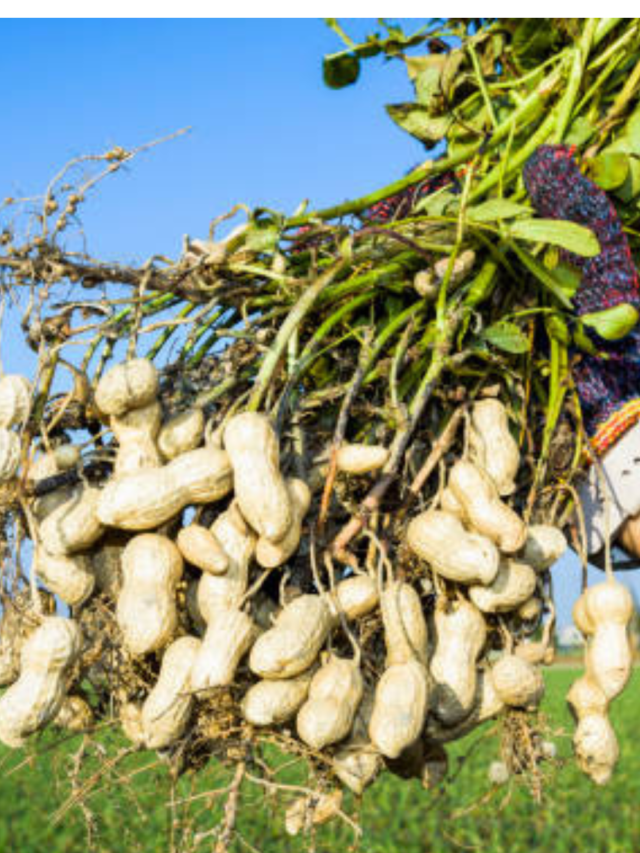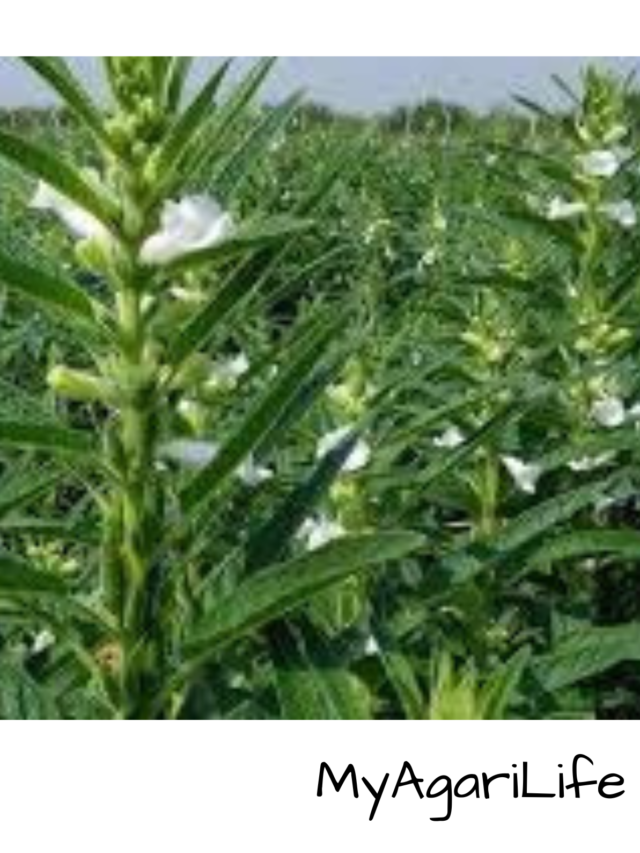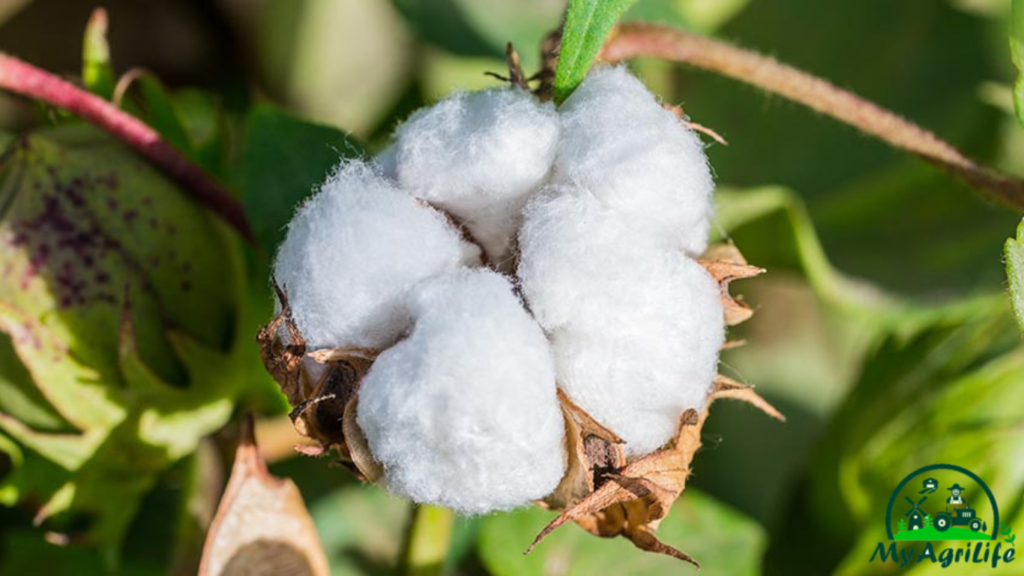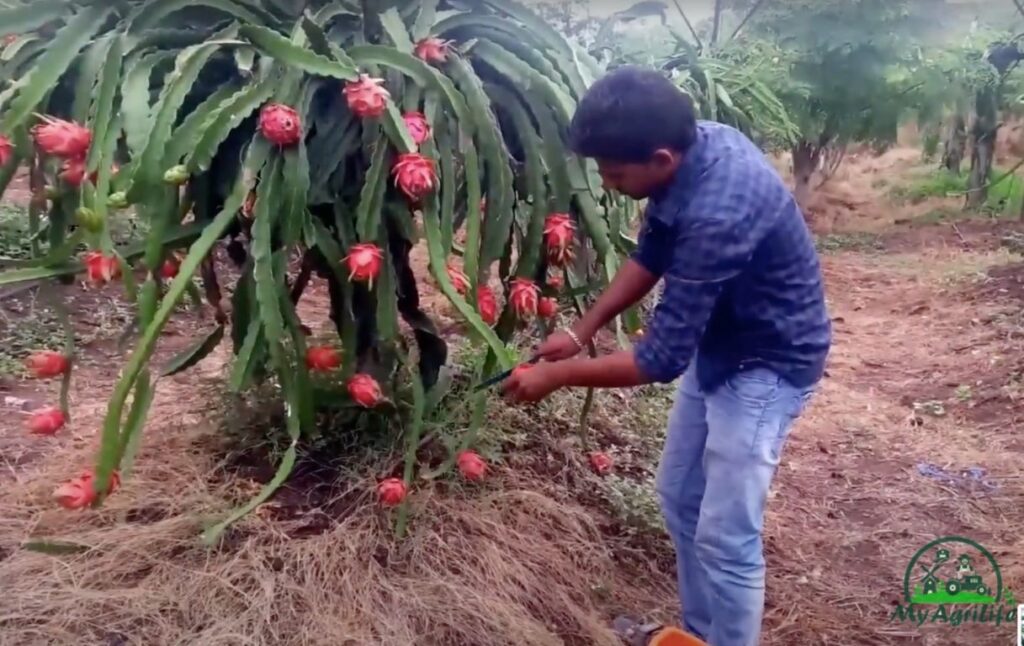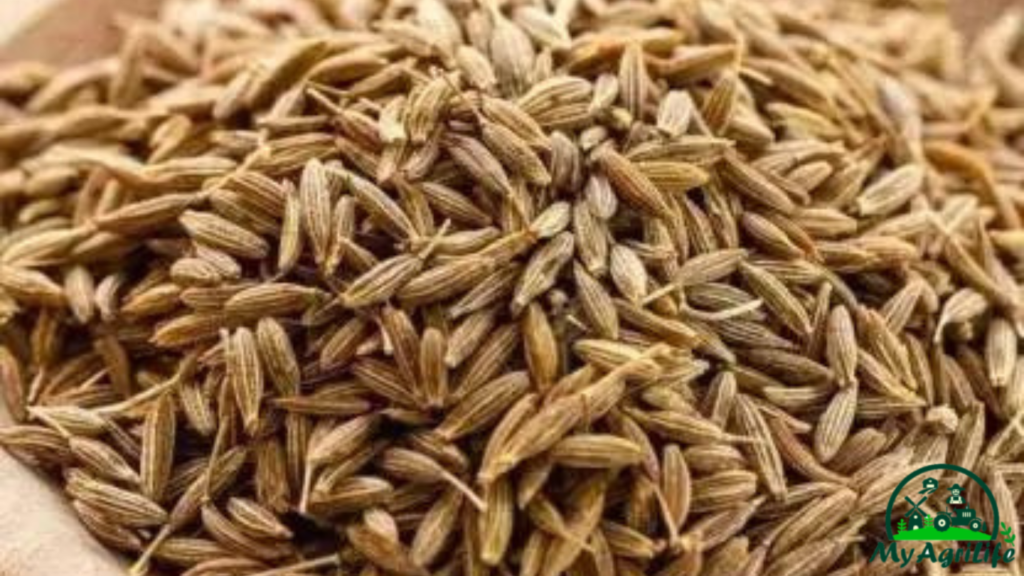
Cumin, also known as “Jeera” in Hindi, is a popular spice used in many cuisines around the world. It is a member of the Apiaceae family and is native to the eastern Mediterranean region, including India, Iran, and Egypt.
The cumin seeds are small and oblong-shaped, with a slightly bitter taste and a warm, earthy aroma. They can be used either whole or ground, and are commonly used to flavor curries, stews, and soups.
Apart from its culinary uses, cumin has also been used for medicinal purposes for centuries. It is believed to aid in digestion, boost the immune system, and help control blood sugar levels. It is also a good source of iron, magnesium, and other essential nutrients.
In Ayurveda, cumin is considered a “sattvic” spice, meaning it has a purifying and calming effect on the mind and body. It is often used in spice blends, such as garam masala and curry powder, to enhance the flavor and aroma of dishes.
Seed Specification Cumin
Cumin seeds vary in size, shape, and color depending on their origin and variety. However, there are some general specifications that are commonly used to describe cumin seeds:
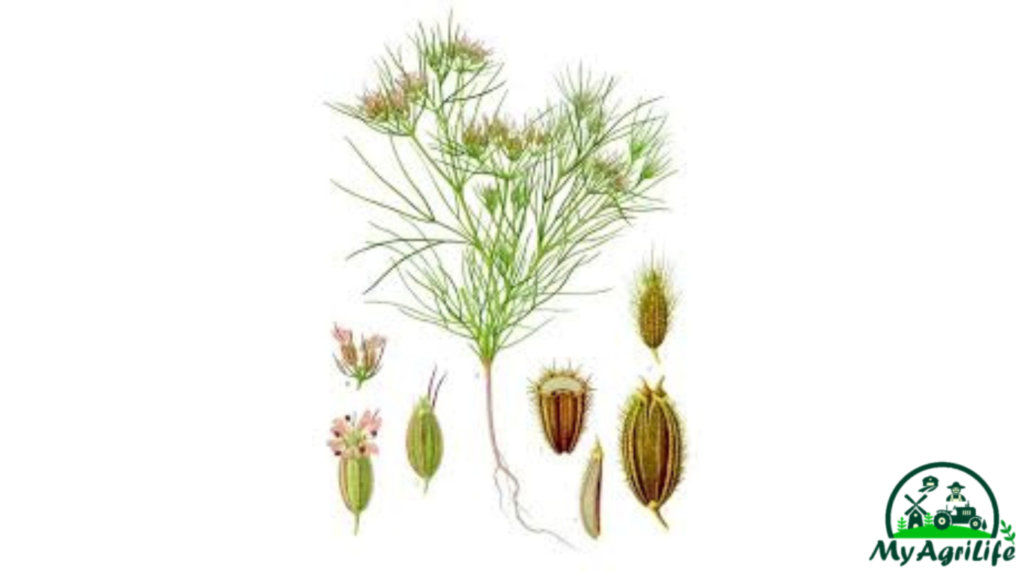
1.Size: Cumin seeds are small and oblong-shaped, measuring about 4-5mm in length and 2mm in width.
2.Color: The color of cumin seeds can range from light yellow-brown to dark brown, depending on the variety and where they were grown.
3.Aroma: Cumin seeds have a warm, earthy aroma with a slightly bitter and pungent taste.
4.Moisture content: The moisture content of cumin seeds should be less than 10% to ensure a longer shelf life and prevent the growth of molds and bacteria.
5.Oil content: The oil content of cumin seeds can vary from 1-4%, which affects their flavor and aroma.
6.Purity: The purity of cumin seeds should be at least 99%, which means that they should be free from any foreign matter, such as dirt, stones, or other seeds.
Overall, cumin seeds are an essential ingredient in many cuisines and have numerous health benefits. When purchasing cumin seeds, it’s essential to look for high-quality seeds that meet the above specifications to ensure that you get the best flavor and aroma.
Land Preparation & Soil Health Cumin
Cumin is a hardy plant that can grow in a wide range of soil types and conditions. However, to achieve optimal yield and quality, it’s essential to prepare the land and maintain soil health. Here are some steps for land preparation and soil health management for cumin cultivation:
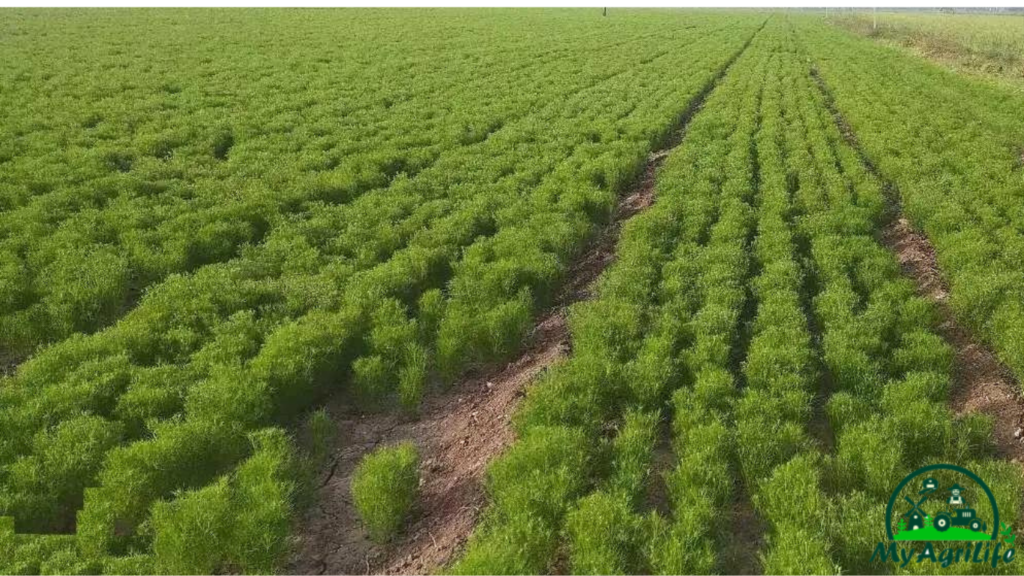
1.Land preparation: The land should be plowed and leveled to create a fine seedbed. This helps to improve soil aeration, water infiltration, and drainage. The ideal time for land preparation is during the dry season when the soil is relatively dry.
2.Soil testing: Soil testing is important to determine the nutrient status and pH level of the soil. Based on the soil test results, farmers can apply the appropriate amount of fertilizer to meet the crop’s nutrient requirements.
3.Soil amendment: Based on the soil test results, farmers can add soil amendments such as organic matter, lime, or gypsum to improve soil health. Organic matter helps to improve soil structure, water-holding capacity, and nutrient availability, while lime or gypsum can help to adjust soil pH and reduce soil salinity.
4.Crop rotation: Crop rotation is an effective way to manage soil health and control pests and diseases. Cumin should be rotated with other crops such as legumes or cereals to break pest and disease cycles, improve soil fertility, and reduce soil-borne diseases.
5.Weed control: Weeds compete with cumin for nutrients, water, and light. It’s important to control weeds through hand weeding or using herbicides, especially during the early stages of crop growth.
6.Irrigation: Cumin requires regular and adequate water supply to achieve optimal yield and quality. Depending on the climate and soil type, farmers can use irrigation methods such as drip irrigation, sprinkler irrigation, or furrow irrigation to supply water to the crop.
Overall, land preparation and soil health management are essential for cumin cultivation. By following these practices, farmers can improve soil fertility, control pests and diseases, and achieve higher yields and better quality crops.
Crop Spray & Fertilizer Specification Cumin
Crop spray and fertilizers play a crucial role in cumin cultivation to improve crop yield and quality. Here are some specifications for crop spray and fertilizers for cumin:
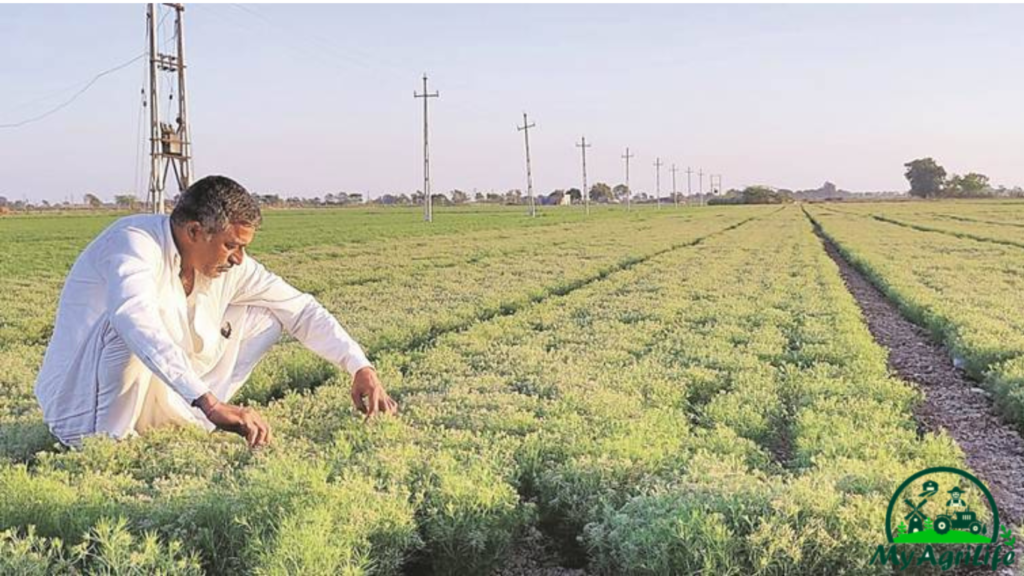
1.Fertilizer: Cumin requires balanced nutrition throughout the growing season to achieve optimal growth and yield. The fertilizer application rate varies depending on the soil fertility and crop demand. However, generally, cumin requires around 80-100 kg/ha of nitrogen (N), 40-60 kg/ha of phosphorus (P), and 30-40 kg/ha of potassium (K) in the form of fertilizers. The fertilizer should be applied in split doses at the time of sowing and during the vegetative growth stage.
2.Organic fertilizer: Cumin can also benefit from the application of organic fertilizers such as compost, farmyard manure, or vermicompost. These organic fertilizers can improve soil fertility, soil structure, and nutrient availability to the crop.
3.Micronutrients: Cumin requires micronutrients such as zinc, iron, and boron for optimal growth and development. These micronutrients can be applied in the form of foliar spray or soil application.
4.Insecticide: Cumin can be affected by various insect pests such as aphids, thrips, and whiteflies. Insecticides should be used judiciously and in consultation with local agricultural authorities to avoid the development of resistance and adverse effects on beneficial insects.
5.Fungicide: Cumin can also be affected by fungal diseases such as powdery mildew and wilt. Fungicides should be used as a preventive measure during the early stages of crop growth to avoid the development of fungal diseases.
Overall, the crop spray and fertilizer application should be done judiciously, keeping in mind the crop demand, soil fertility, and local weather and pest/disease conditions. Following the recommended specifications can help farmers achieve better yield and quality in cumin cultivation.
Weeding & Irrigation Cumin
Weeding and irrigation are essential cultural practices in cumin cultivation that help to improve crop yield and quality. Here are some specifications for weeding and irrigation in cumin cultivation:
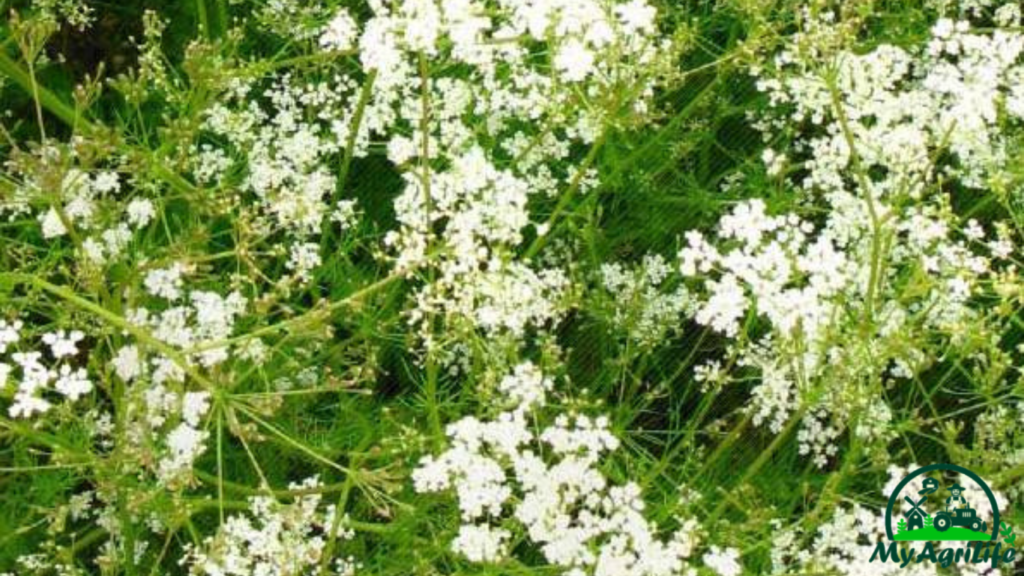
1.Weeding: Weeding is important to remove unwanted plants or weeds that compete with cumin for nutrients, water, and sunlight. Weeding should be done manually or mechanically, especially during the early stages of crop growth when the weeds are most competitive. Hand weeding is usually preferred to avoid crop damage.
2.Irrigation: Irrigation is essential for cumin cultivation to provide the required moisture for optimal growth and yield. Cumin requires about 450-500 mm of water during the growing season. Depending on the soil type and climate, farmers can adopt different irrigation methods such as drip irrigation, sprinkler irrigation, or furrow irrigation. Irrigation should be done at regular intervals, and care should be taken not to overwater the crop, as it can lead to waterlogging and root rot.
3.Timing: Weeding and irrigation should be done at the right time to avoid crop damage and maximize the benefits. Weeding should be done before the weeds reach the flowering stage to avoid seed production and spread of weed infestation. Irrigation should be done during the early morning or late evening to avoid water loss due to evaporation during the hot daytime.
4.Soil moisture: The soil moisture content should be monitored regularly to ensure that the crop receives adequate moisture. Soil moisture can be checked by inserting a soil moisture meter or by observing the soil texture and color. Over-irrigation can lead to waterlogging and root rot, while under-irrigation can lead to stress and reduced crop yield.
5.Drought management: Cumin is a drought-tolerant crop, but in case of prolonged drought or water scarcity, farmers can adopt measures such as mulching, crop rotation, or intercropping to reduce the impact of drought on crop growth and yield.
Overall, weeding and irrigation are essential cultural practices in cumin cultivation. Following the recommended specifications can help farmers achieve higher yields and better quality crops.
Harvesting & Storage cumin
Harvesting and storage are crucial steps in cumin cultivation to ensure good quality and shelf life of the crop. Here are some specifications for harvesting and storage of cumin:
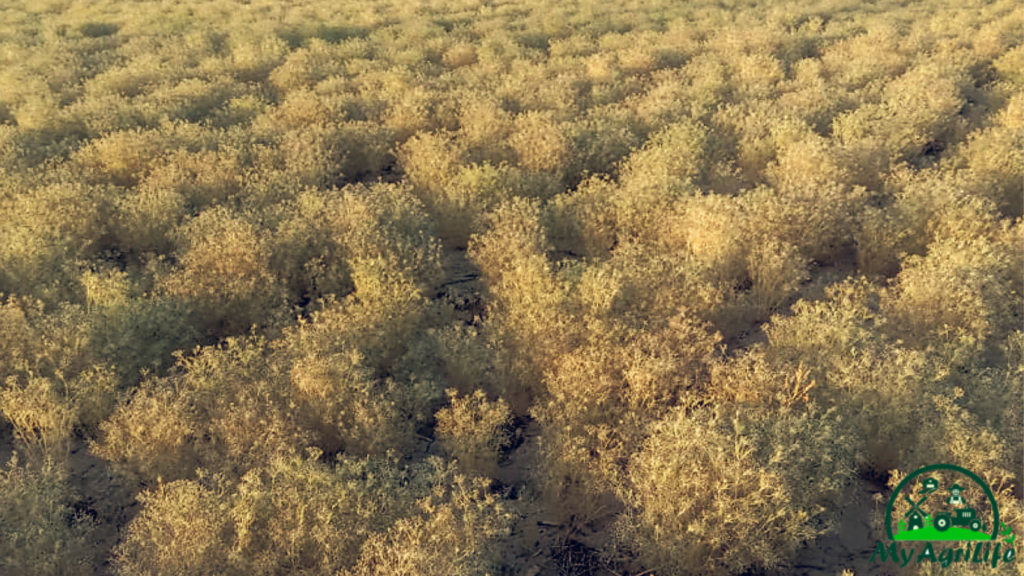
1.Harvesting: Cumin is ready for harvesting when the seeds turn brown and start to split. The crop should be harvested when most of the seed heads have turned brown, but before they start to shatter or fall off the plant. Harvesting should be done manually, using sickles or knives, to avoid damage to the seeds.
2.Threshing: After harvesting, the crop should be dried in the sun for a few days until the moisture content reaches around 8-10%. The dried crop can then be threshed to separate the seeds from the stalks. Threshing can be done using a threshing machine or by beating the crop with sticks or wooden mallets.
3.Cleaning: After threshing, the seeds should be cleaned to remove any impurities such as chaff, dust, or stones. This can be done using a winnowing machine or by hand winnowing using a fan or breeze.
4.Storage: Cumin seeds should be stored in a cool, dry, and well-ventilated place to maintain their quality and shelf life. The seeds can be stored in gunny bags or plastic bags, but care should be taken to avoid moisture buildup or insect infestation. Chemical treatment with insecticides or fumigants can be done to protect the crop from insect damage, but care should be taken to follow the recommended dosage and safety measures.
5.Shelf life: Cumin seeds can be stored for up to one year under proper storage conditions. However, it is recommended to use the crop within six months of harvest to ensure maximum freshness and flavor.
Overall, harvesting and storage are critical steps in cumin cultivation that can affect the quality and shelf life of the crop. Following the recommended specifications can help farmers achieve better yields and better quality crops that can fetch better prices in the market.
Conclusion
Cumin is an important spice in Indian cuisine and is widely cultivated in many parts of the country. It is a hardy crop that requires minimal inputs and can be grown in a wide range of soil and climatic conditions. However, proper land preparation, irrigation, weeding, and fertilization are essential for ensuring a healthy crop and higher yields.
In terms of market demand, cumin has a high value in both domestic and international markets, making it a profitable crop for farmers. The crop also has several medicinal properties and is used in various traditional medicines.
Overall, cumin farming can be a profitable venture for farmers with proper planning, implementation, and marketing strategies.
